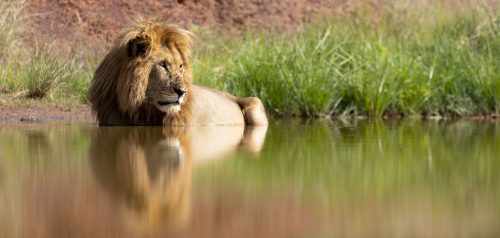
It’s hard to believe that 199 weeks have gone by since we first decided to begin visually documenting life in the Mara Triangle. Since that day, we have been regularly publishing around 20-or-so images every week, capturing the essence of the previous seven days.
We are now just one week away from a major milestone. Incredibly, about 5 000 photographs have been published to date in this blog series, every image carefully composed, shot and edited. Each photograph tells its own unique story, representing hours spent out in the field. In its most basic form, it acts as a diary and allows us to tell the story of the Mara and to look back through its archives.
This week a year ago, the Mara was described as a carpet of electric green. Scenes captured from above in a hot-air balloon showed just how wet the ecosystem was at the time.

The scenes this year couldn’t be more different. Although we had some good rains last month, this month has been dry and hot. As I sit down to write this, it has started to rain; better late than never. Most of the recent showers though have been isolated to the Mara Triangle, with large swaths of the Mara-Serengeti ecosystem receiving hardly any rain at all.
In an unexpected twist, we have started to see big herds of migratory wildebeest and zebra returning to Kenya, crossing northwards from the Serengeti. This is when they are meant to be well and truly on their way to the southern short-grass plains of Ndutu. There is a good chance that the lack of rain across the Greater Serengeti have caused many tens of thousands of wildebeest to turn around and head back into the Mara, capitalizing on the locations that have at least received some rainfall.
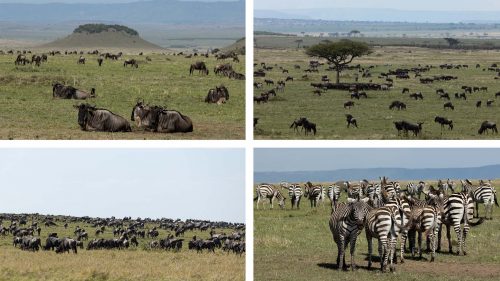
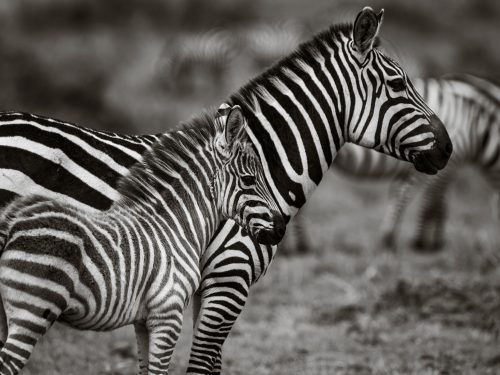
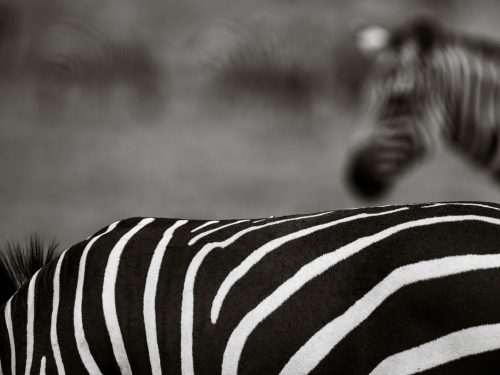
Unlike this unusual turn of events, an aspect that is right on track is the presence of large and plentiful elephant herds. An all-day game drive in the Mara Triangle at the moment could yield in excess of 300 elephants. They are thriving, and the number of small calves are a great indicator of the health of the ecosystem.



The Mara’s lions are still providing constant entertainment for us all, and the streak of fantastic male sightings continues. I say with confidence that right now, the Mara Triangle is the best place on the planet to see big male lions.
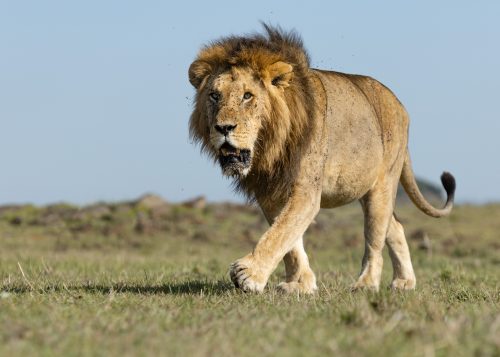
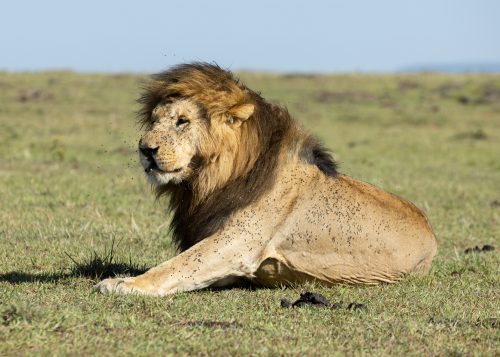
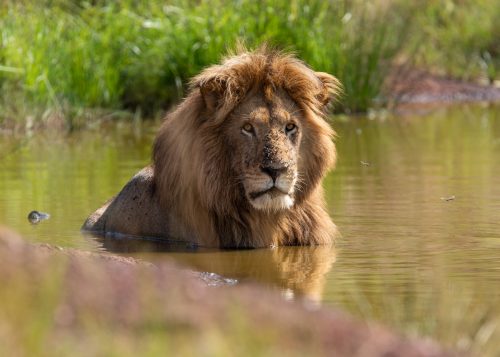

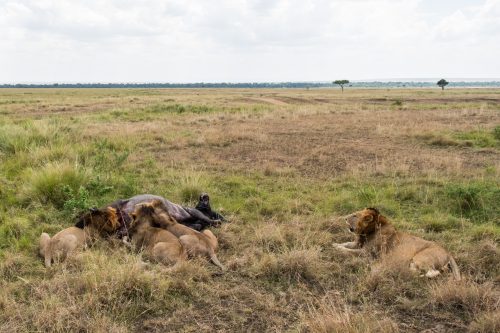
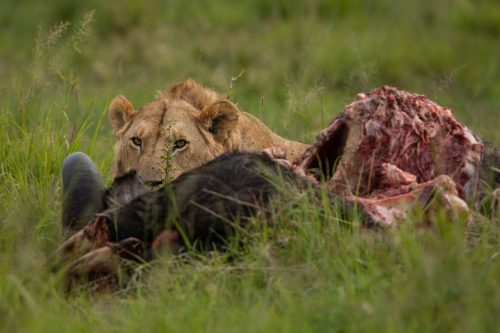
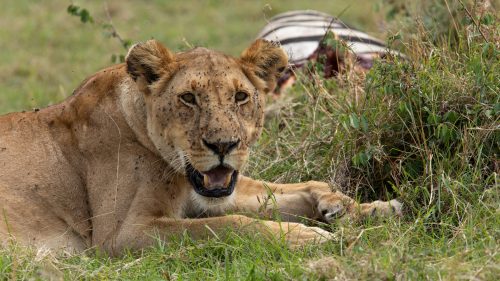
November is truly a special time to visit the Mara. Even though it is drier than usual, it is still incredibly beautiful. The grass is short, and the morning light is breathtaking.
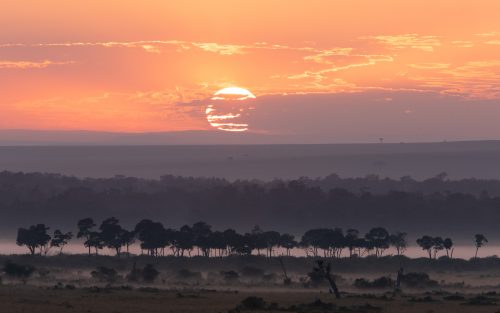
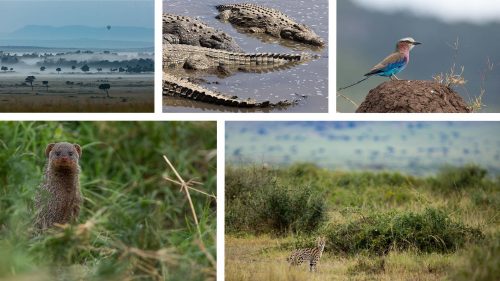


Three years ago, directly underneath Angama Mara, we watched an almighty battle of life and death. That morning, a giraffe had given birth and within minutes the Angama Pride had found both mother and baby. In an epic display of bravery, the mother managed to protect her calf for over three hours, until the temperatures soared and the lionesses gave up and retreated into the shade of a nearby tree.
Filed under: This Week at Angama
Subscribe for Weekly Stories
Comments (0):

Angama Safari Camp